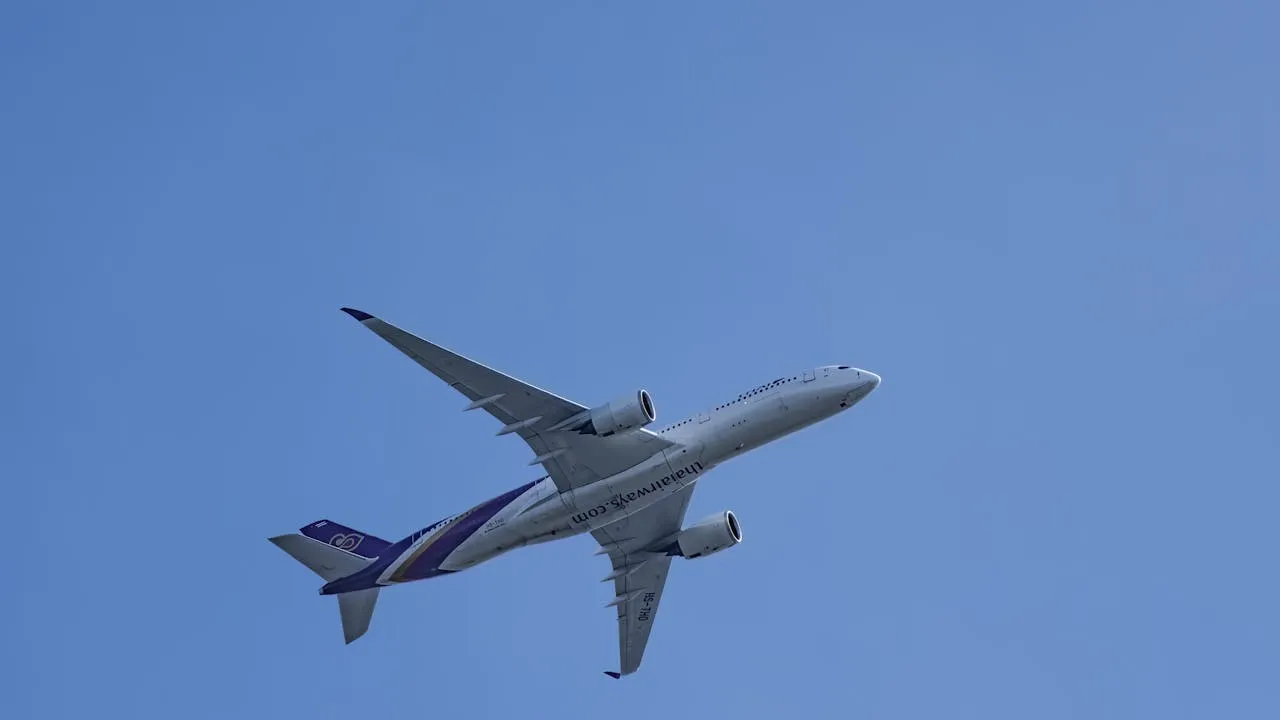
Slingshot Aerospace, a leader in AI-powered satellite tracking, space traffic coordination, and space modeling and simulation, has announced a significant milestone: the company has been awarded a $13.3 million contract by the National Oceanic and Atmospheric Administration’s (NOAA) Office of Space Commerce (OSC) to develop the user interface for the TraCSS (Traffic Coordination System for Space). This contract includes a 12-month development phase valued at $5.3 million, with the potential for four additional option years. Slingshot will be responsible for creating the TraCSS Presentation Layer, which will serve as the main website and user interface for the United States’ new space safety platform.
Designed for global use, TraCSS will support satellite operators from civil, commercial, academic, and national security sectors across the world. By leveraging its proprietary space traffic coordination software, Slingshot Beacon, Slingshot Aerospace aims to enhance the functionality and user experience of the TraCSS Presentation Layer, enabling efficient satellite traffic management and preventing collisions in orbit.
Currently, 86 countries operate over 10,000 active satellites, with that number expected to rise to up to 100,000 satellites by 2030. This rapid growth has escalated the risk of satellite collisions, which are becoming increasingly common. Slingshot data shows that satellite operators experienced a 17% increase in conjunctions—close approaches between satellites—in just the past year. These growing risks underscore the urgent need for an advanced space traffic management system that improves safety and supports the sustainable use of space.
In 2018, Space Policy Directive 3 (SPD-3) tasked the Office of Space Commerce with taking over space traffic coordination responsibilities from the Department of Defense. As part of this initiative, the OSC is working to establish TraCSS as the central platform for space traffic coordination. The platform is expected to go live by late 2025, supporting the transition of commercial users from the current space-track.org system.
“Slingshot’s involvement in developing this state-of-the-art space traffic coordination platform reflects our commitment to enhancing space safety,” said Tim Solms, CEO of Slingshot Aerospace. “Through NOAA’s TraCSS initiative, we have the opportunity to advance space sustainability and foster growth in the commercial, civil, and academic space sectors for years to come.”
TraCSS is a modern, cloud-based IT system that will provide essential space situational awareness and traffic coordination services for the more than 10,000 satellites currently in orbit. The system’s Presentation Layer will serve as the primary interface for providing conjunction data alerts—notifications that inform satellite operators of potential collisions, giving them time to take necessary actions, such as maneuvering their satellites to avoid accidents.
“The launch of the TraCSS user interface marks an important milestone in the operationalization of U.S. civil space traffic coordination, as outlined in Space Policy Directive 3,” said Audrey Schaffer, Vice President of Strategy and Policy at Slingshot Aerospace. “We’re proud to partner with OSC in delivering essential spaceflight safety services that will benefit satellite operators around the world.”
Slingshot will develop the TraCSS Presentation Layer on top of NOAA’s existing TraCSS infrastructure, with support from COMSPOC and T and T Consulting Services. Additionally, Slingshot was selected earlier this year by the Office of Space Commerce to contribute to a limited-term pathfinder project, focusing on low Earth orbit satellite tracking and providing space situational awareness data. This latest contract strengthens Slingshot’s role as a key player in advancing space safety and traffic coordination on a global scale.




